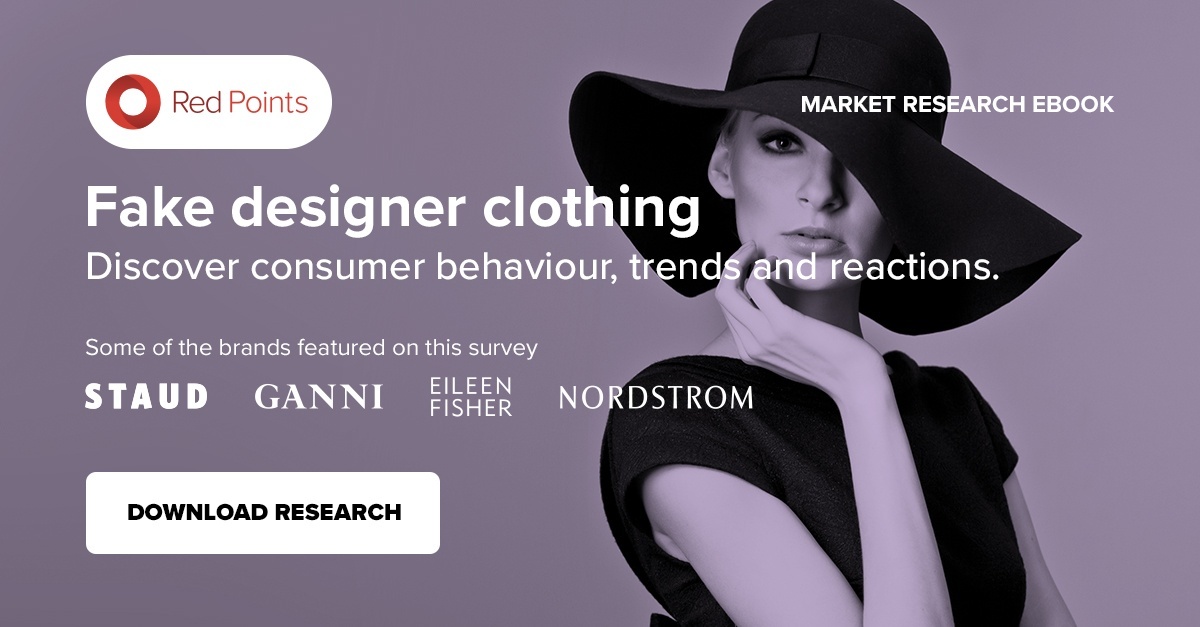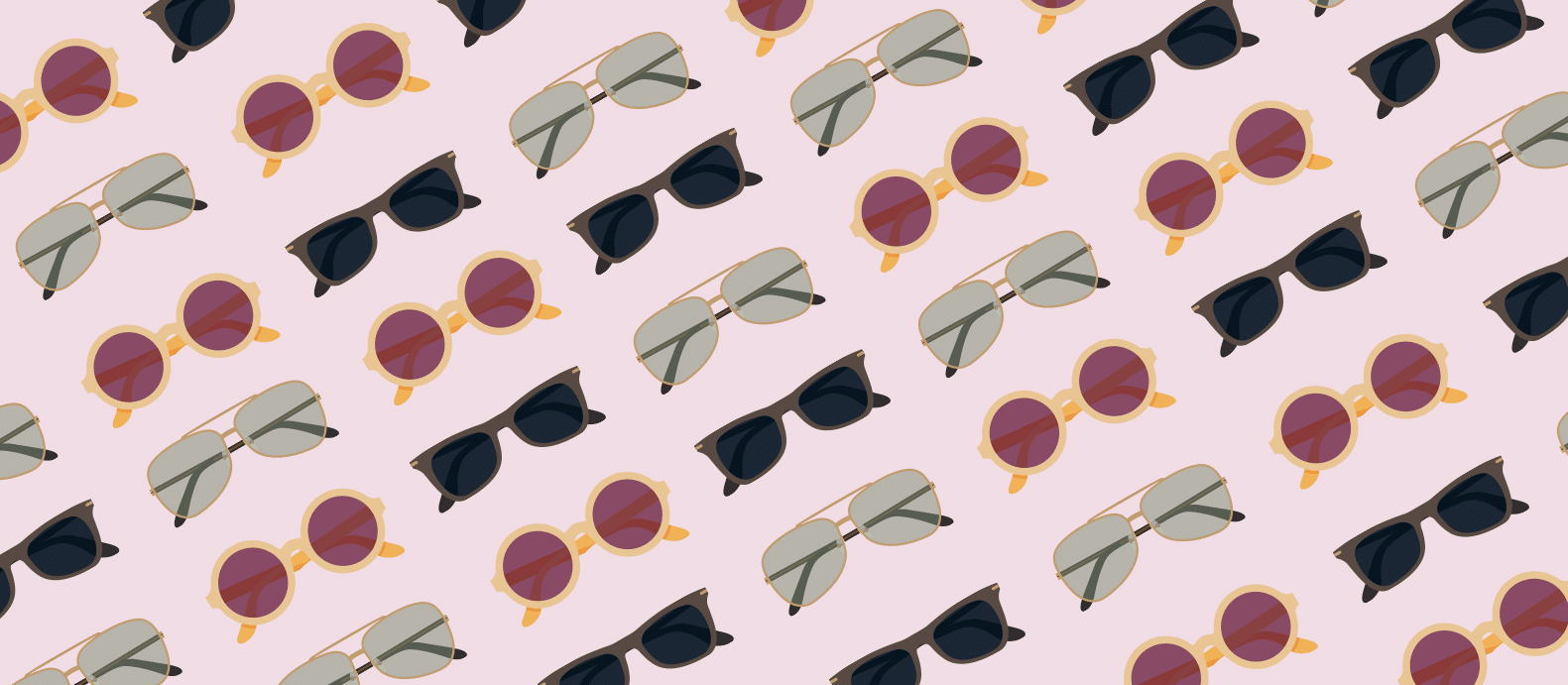In the fashion industry, originality is everything. It can’t come as much of a surprise to find that the fashion industry has produced many inventive approaches to the problem of counterfeiting. These brands have stepped beyond the process of searching and reporting fakes, implementing brilliant, proactive measures to take control of the counterfeit fashion industry issue.
- Fashion brands drawing inspiration from the counterfeit issue
- Creating new fashion tech solutions from existing technology
- Taking part in the reselling consumer trend
- Sustainability is giving more incentive for consumers to buy authentic
Fashion brands are drawing inspiration from the counterfeit issue
Last year, Diesel made the bold move of setting up a pop-up shop during New York Fashion Week to sell their own creations of fake “Deisel” products. The stunt was a big success, with buyers racing to get the supposed knock-off products during the two days it was open. When it was revealed on the second day that these “fakes” had been created by the brand itself, the store saw endless queues of influencers and fashionistas coming to get their own “authentic fake”. The shirts and pants went from selling at $30 in the pop-up store to $500 online a few days later. Diesel have struggled with counterfeiting, but instead of trying to hide this obvious problem, they created an original experience that spread in the media like wildfire.
The counterfeit industry has even inspired Gucci to collaborate with a street artist named GucciGhost that was spray painting replicas of their trademark pattern and logo in New York. Instead of wanting to disassociate the brand from his art, Gucci decided to collaborate with the controversial artist. He was invited to Milan in 2015, where he gave his personal street touch to their latest haute couture collection. He co-created edgy statement pieces with words such as “fake” spray-painted on bags. This rebellious and playful collection soon got the public’s attention, with Beyoncé choosing a coat for her tour, amongst many other stars and influencers becoming instant fans of the collection.
Making statements such as these, drawing inspiration not just from artists playing with a brand’s logo but even with the counterfeit fashion industry itself is a bold and original move. It is showing the world that even a problem like counterfeits can be turned into creative inspiration. Brands doing this are sending a clear message to their audience; They’re not giving up on the issue. It shows their counterfeiters that they’re outsmarting them and will continue to do so.
Creating new fashion tech solutions from existing technology
The quality of counterfeit designs is unfortunately getting better. Buyers are getting duped into thinking they’re buying an authentic item of clothing, only to find it’s fake when taking a closer look at the details upon delivery. Providing an easier way to authenticate a product is now a high priority for fashion labels to protect their reputation.
The French luxury goods conglomerate LVMH have taken authentication very seriously, teaming up with Microsoft and Consensys to create Aura; A solution relying on blockchain technology that will provide both consumers and LVMH with a wide source of information on the group’s products. Consumers will be able to scan the given product label and see where it was made, what materials it is made from and ultimately, that it is an authentic version. This gives extra security to buyers when buying their next statement piece. They will no longer unknowingly fall into the super fake trap.
Another way brands are using existing technology to fight counterfeits is by using RFID (radio frequency identification). Originally used to keep track of stock, this technology enables digital data to be stored in an electromagnetic tag, including whichever information a brand sees fit. This system is being used by luxury labels such as Salvatore Ferragamo in their shoes and bags for authentication purposes. It is scannable at a 4cm radius, making the items quick and easy to identify from fakes. It proves to be very effective for customs officials who have the laborious task of checking through a vast amount of fakes. Guidelines are given by brands to help, yet this can still prove to be difficult with the rise of super fake items. Once again, consumers are at an advantage with this technology, as it makes it easier to tell if the item they’re about to purchase is authentic or not.
The clothing brand Moncler have a “Brand Protection” link at the foot of their homepage that leads you to registering your Moncler item through their authentication process. There are scannable RFID labels and QR codes on the labels of each Moncler product to enable customers to not only verify their item easily. This solution means the brand itself can keep track of counterfeit items encountered by customers. They are also able to provide vital information with their unhappily duped clients to guide and inform them on how to avoid counterfeits.
Implementing technology-based solutions to authenticate products is difficult for counterfeiters to beat. It isn’t enough to focus on creating uncopyable designs anymore. Tech-related solutions are proving to be a more effective strategy for outsmarting counterfeits.
Taking part in the reselling consumer trend
Reselling unused luxury goods was a major trending topic in 2018. It is now common knowledge that fast fashion is one of the biggest polluters of our planet. Platforms like The RealReal saw an opportunity to develop an online community of fashion lovers to exchange their unused designer goods.
The price tag of a new designer bag isn’t affordable to all fashion followers, which is also why some consumers may opt for a fake. Buying a previously-owned authentic product not only means buying the authentic version for consumers, it also generates more product longevity for brands. This has a positive impact on both the environment and their brand image.
Stella McCartney partnered with The RealReal, giving customers that were sending in their unused Stella McCartney pieces a $100 voucher to spend in her stores. In an interview, Stella McCartney stated: “We believe that consignment and recommerce can play a significant part in reducing the amount of raw materials that are required each year from our planet,”. It is a means of encouraging her customers to consume and dispose of fashion items in a more environmentally-friendly way. Reselling also makes the brand’s products more economically accessible to shoppers with smaller budgets, who may be otherwise susceptible to buying a knock off versions of the same product for its lower price.
The outdoor apparel brand Patagonia took a more direct approach to recommerce, by creating their own reselling platform to give more longevity to their products, as well as making them more accessible for lower budgets.
This growing trend is not only creating a more circular economy, supporting sustainability and a more eco-friendly consumer perspective. It is also giving a wider price range for their high-value products. This could indirectly lead to consumers steering away from buying counterfeit products in the long run.
Sustainability is giving more incentive for consumers to buy authentic
Brands becoming advocates for a greener fashion industry and implementing new tactics to move towards this goal are shaping today’s industry. In turn, this educates consumers towards a more responsible way of consuming.
Vivienne Westwood has joined the Ethical Fashion Initiative, which connects marginalized artisan communities with global lifestyle brands. The organization is the co-secretariat of the United Nations Alliance for Sustainable Fashion, striving to make a more sustainable fashion industry. On the labels of the products made through this alliance, Vivienne Westwood’s products have messages such as: “Made with love in Kenya by the ITC’s ethical fashion project of the United Nations.” It makes fashion more personal and gives perspective on the process of manufacturing to consumers.
Choosing a brand that stands behind sustainability is a consumer’s contribution to making the world a more ethical place. Brands that part-take in this more conscientious way of creating can only have a positive impact on how our society makes their choices.
With IP law, technology, clever marketing ploys and sustainability powering the trend of how the fashion industry evolves, the counterfeit fashion industry will have a harder time copying brands. As brands lead consumers towards making informed fashion choices, this may indirectly lead to fashion buyers choosing authentic products with more brand value, sporting both high fashion products and a clearer conscience.






